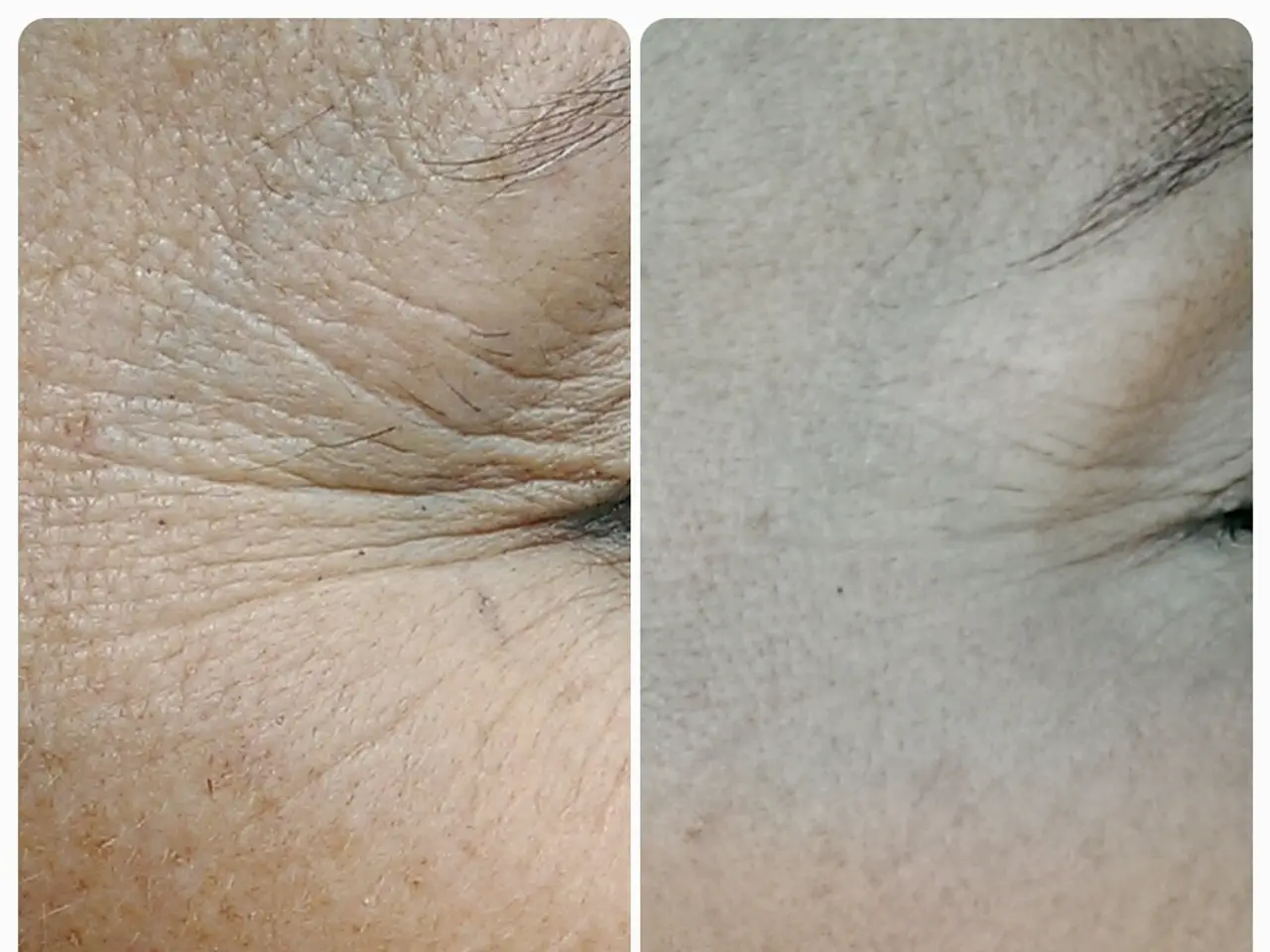Baby Powder Linked to Cancer: Exploring Evidence and Findings
Talcum powder, a common household product used for absorbing oils, moisture, and odour, has been a topic of concern for health experts due to its potential link with ovarian cancer. While the scientific evidence remains somewhat controversial, it is essential to understand the risks and take necessary precautions.
The primary concern stems from the fact that talc, the mineral used in talcum powder, can be contaminated with asbestos, a known carcinogen linked to cancer. Although asbestos contamination in cosmetic talc was banned in 1973, the potential for talc particles to migrate to the ovaries and cause inflammation or other effects potentially linked to cancer development is a significant cause for concern.
Some studies suggest that women who use talcum powder on their genitals may have a slightly increased risk of ovarian cancer. While the risk remains modest, with a lifetime risk of ovarian cancer estimated to be about 1.6%, this risk might rise to around 1.8% with perineal (genital) talc exposure.
The National Institute of Environmental Health Sciences has confirmed a correlation between genital talc use and ovarian cancer, particularly in women who use talc products frequently, over long periods, or before menopause. Talc particles have even been found on the fallopian tubes of some ovarian cancer patients, supporting this association.
Given these concerns, medical experts advise avoiding the use of talcum powder in the genital area. Women who have used it in the past do not need immediate special testing but should discontinue use.
It is essential to note that the Food and Drug Administration (FDA) does not have a definitive stand on the issue due to the ongoing scientific debate. The European Union has banned talc in beauty and health products, making it unavailable in certain European countries.
While there is no clear scientific evidence that talcum powder causes cancer, some studies suggest a weak link, and personal use of talc on the genitals could potentially increase the risk of ovarian cancer by 33 percent. However, it is crucial to remember that the evidence is not definitive, and the choice to use talcum powder is up to the individual.
Alternatives to talc-based powders, such as cornstarch-based powders, arrowroot starch powder, tapioca starch powders, soat flour, baking soda, and zinc-based diaper rash creams for infants and toddlers, are available and recommended, especially for babies and sensitive skin.
In summary, while the evidence linking talcum powder to ovarian cancer remains weak and somewhat controversial, it is advisable to err on the side of caution and avoid talcum powder application on the genital area. By doing so, you can minimize even a small increased risk and ensure the health and safety of yourself and your loved ones.
References:
[1] National Cancer Institute. (2021). Talcum Powder and Cancer. Retrieved from
- The controversy surrounding the link between talcum powder and ovarian cancer stems from scientific evidence suggesting that talc particles might migrate to the ovaries, potentially increasing the risk of cancer development.
- The National Institute of Environmental Health Sciences has confirmed a correlation between genital talc use and ovarian cancer, particularly in women who use talc products frequently, over long periods, or before menopause.
- While the Food and Drug Administration (FDA) does not have a definitive stand on the issue, the European Union has banned talc in beauty and health products due to health and wellness concerns related to women's health.




